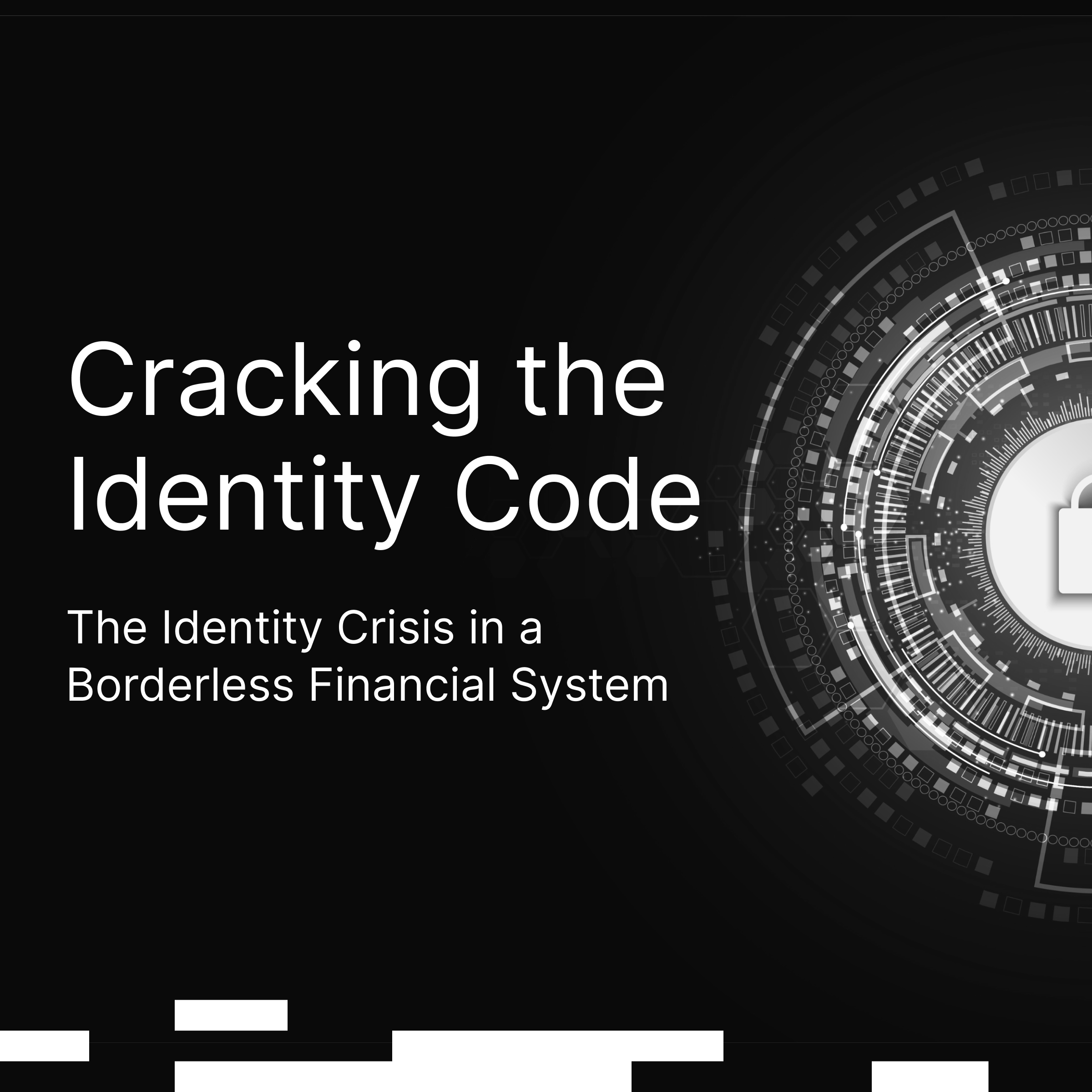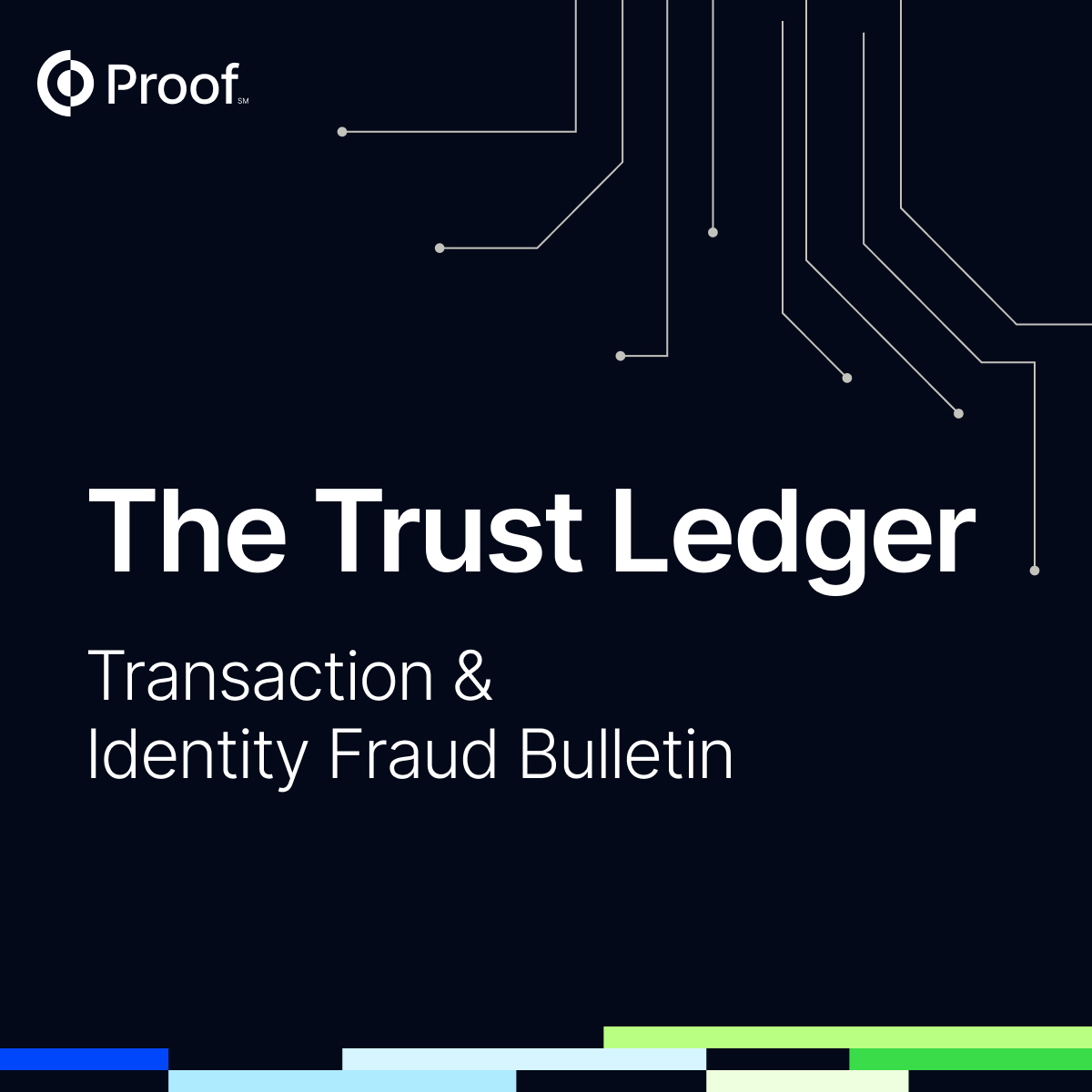Why Identity Verification with Human Oversight Is Critical to Detect Fraud


In today’s landscape, with the rise of injection attacks, presentation attacks, and more, businesses face a constant threat of fraud across multiple touchpoints. From help desk vulnerabilities to consumer-facing interactions and even hiring practices, fraudsters are finding new ways to infiltrate systems. With recent incidents such as the Clorox hack by the Scattered Spider group, it’s clear that even the most secure systems are vulnerable to exploitation. But what is the common thread that connects these breaches? The need for robust identity verification and, importantly, human involvement in fraud detection and mitigation. In this post, I’ll explore the impact fraud has on businesses and why integrating human decision-making alongside automated tools is essential.
Fraud at the Help Desk
Help desks are becoming prime targets for fraudsters due to their role as the gatekeepers of sensitive employee and customer information. Groups like Scattered Spider and ShinyHunters are executing sophisticated social engineering attacks, using tactics such as injection and presentation attacks to impersonate legitimate users. This exposes businesses to credential theft, data breaches, and ransomware.
Example: Clorox Breach
In the Clorox attack, Scattered Spider targeted the help desk to gain access to internal systems. By using social engineering techniques, they were able to trick staff into providing credentials and access codes. This example underscores the necessity of identity verification during help desk interactions. When a fraudster can masquerade as an employee or customer, businesses must rely on a multi-layered verification process that includes both technological and human review.
Consumer-Facing Fraud
Fraud isn't just limited to internal systems—businesses are also vulnerable to attacks from external users, particularly in consumer-facing industries like e-commerce and financial services. Bad actors can exploit gaps in verification processes, making fraudulent purchases, or hijacking accounts through account recovery loopholes.
The Critical Role of Identity Verification
Many businesses rely on automated identity verification tools to ensure that the person on the other end of a transaction is who they claim to be. While these tools are essential, they are not foolproof. For instance, deepfake technology or high-quality forgeries can still slip through automated checks. This is where human intervention is key. Fraud teams must have the ability to compare verification results with existing data on the consumer, such as behavioral patterns or past interactions, to make informed decisions.
Why Businesses Still Need a Human in the Loop
Automated solutions alone can’t always account for the nuances of fraud detection. Human involvement is critical in assessing identity verification results, comparing them against known patterns, and making informed decisions based on context. An experienced fraud agent or CISO will spot discrepancies or recognize when something feels "off"—nuances that automation may miss.
Moreover, human fraud analysts can evaluate more complex cases, combining data from identity verification systems with their internal knowledge of the business, its customers, and employees. This combination allows for a stronger defense against fraud attempts, especially in scenarios where attackers use advanced social engineering techniques.
Example: Hiring Fraud with North Korea
A shocking example of hiring fraud occurred when a company unwittingly hired an individual who was secretly working from North Korea. The individual bypassed traditional background checks and remote work safeguards, slipping through the cracks due to insufficient identity verification. This incident highlights the need for companies to verify not just the credentials but the true identity of employees during the hiring process, especially in remote work environments.
A Multi-Layered Defense is Essential
Fraud is not going away, and as businesses grow more dependent on digital interactions, the risk increases. From the help desk to consumer transactions and even hiring, robust identity verification processes coupled with human oversight are non-negotiable. Businesses that fail to adopt these practices will be more vulnerable to fraud attempts, facing financial, reputational, and operational damage.
Investing in both automated tools and skilled fraud professionals is essential to maintaining a secure business environment in today’s rapidly changing threat landscape.













































































.jpg)





.png)

.png)






.png)

















.jpg)













.png)

.jpg)

